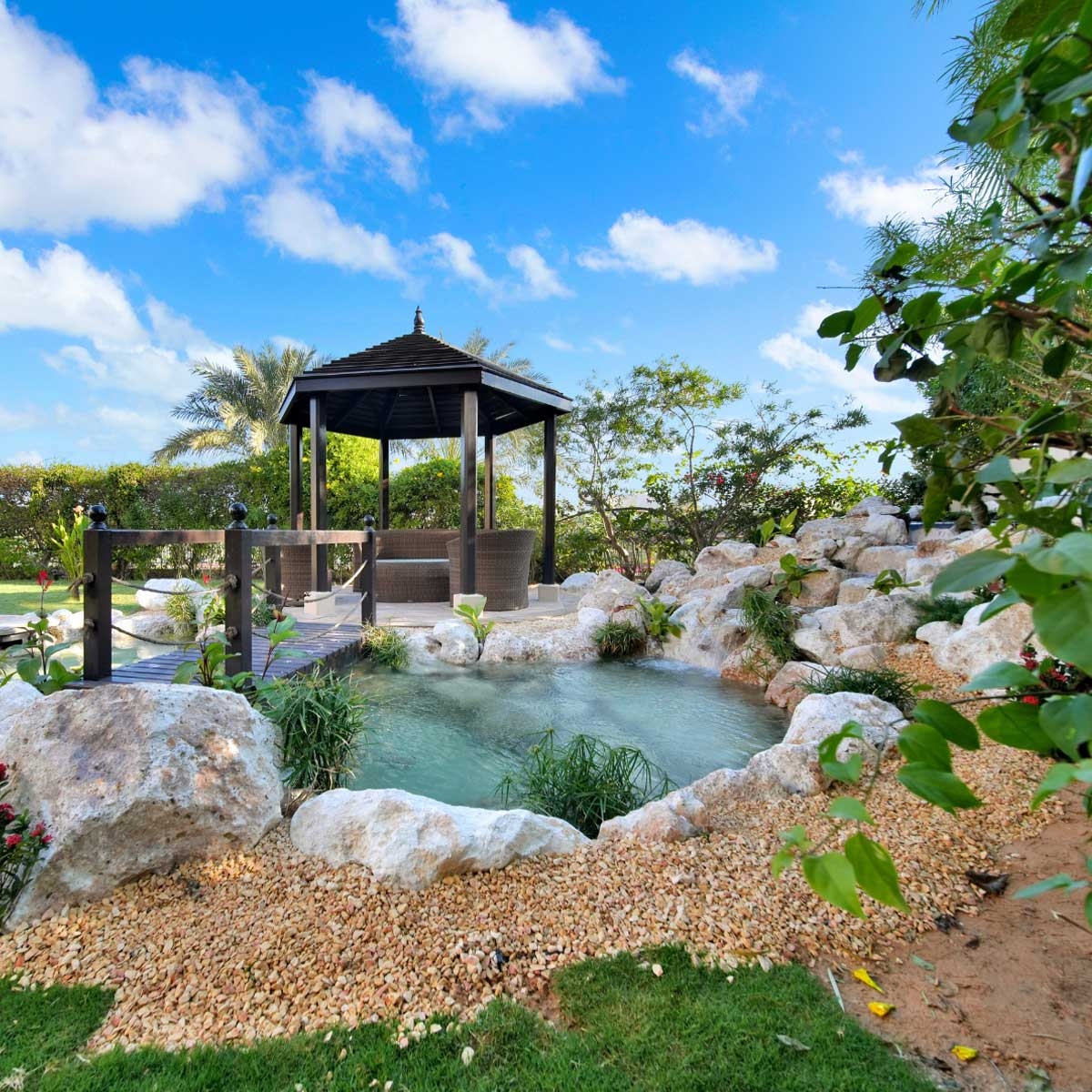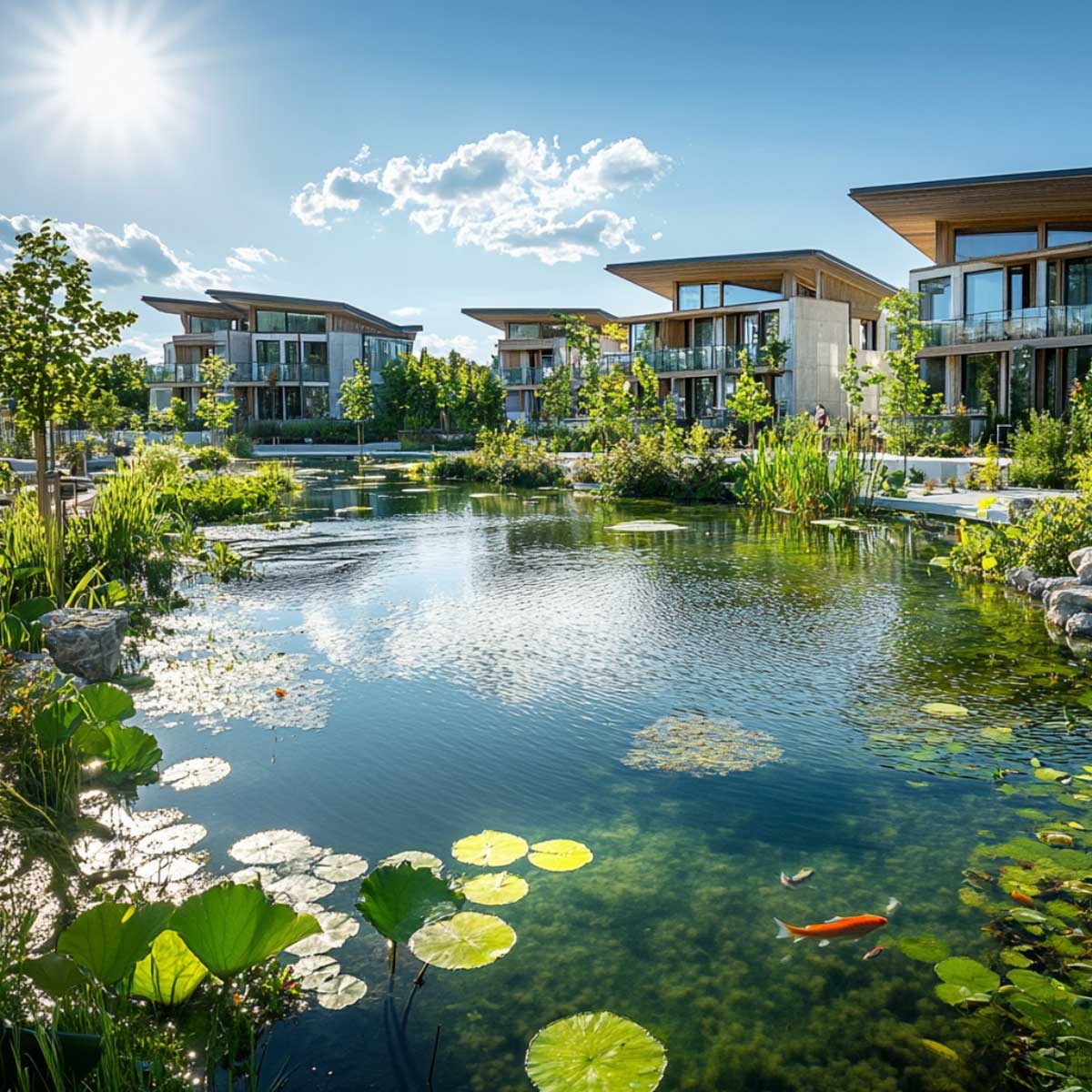Owning a swimming pool at home is a luxury that offers relaxation, exercise, and endless entertainment. However, with this enjoyment comes the responsibility of ensuring safety for everyone who uses it, especially children and inexperienced swimmers. By following a few essential guidelines, you can keep your pool a safe and enjoyable space year-round.

Install a Secure Pool Fence
One of the most effective safety measures is a sturdy pool fence with a self-closing, self-latching gate. The fence should be at least four feet high and designed to prevent children from climbing over. This acts as the first line of defense to keep unsupervised access at bay.
Keep Rescue Equipment Handy
Always have life rings, reaching poles, and a first-aid kit within easy reach. In an emergency, quick access to these tools can make a life-saving difference. It’s also wise to post emergency contact numbers in a visible location near the pool.
Never Leave Children Unattended
Even if your child is a confident swimmer, accidents can happen in seconds. Always maintain active supervision when children are in or around the pool. For extra precaution, designate an adult as a “water watcher” during gatherings.
Learn CPR and First Aid
Knowing how to perform CPR can be the difference between life and death in a pool emergency. Pool owners—and frequent users—should consider taking certified CPR and first-aid courses to be prepared for unexpected situations.
Maintain Water Quality and Visibility
Cloudy or dirty water not only makes swimming unpleasant but can hide hazards and reduce visibility during an emergency. Regularly check chemical levels, clean debris, and ensure proper filtration to keep water safe and clear.
Use Pool Covers Safely
Pool covers can prevent accidental falls, but they must be used correctly. Always remove the cover completely before swimming, and ensure it’s securely fastened when the pool is not in use. Avoid using floating covers that might appear solid but can sink if stepped on.
Limit Diving to Safe Areas
If your pool isn’t designed for diving, make sure this rule is clear to everyone. Shallow areas pose a high risk of head and spinal injuries. Use depth markers and “No Diving” signs as reminders.
Invest in Alarms and Motion Sensors
Pool alarms, door alarms, and water motion sensors can alert you to unexpected activity around the pool. These systems add an extra layer of safety, especially when combined with physical barriers.
By taking these precautions, you can enjoy your home swimming pool with peace of mind, knowing you’ve minimized risks for family and guests. A safe pool is not just about rules—it’s about creating a secure environment where fun and relaxation can thrive.

